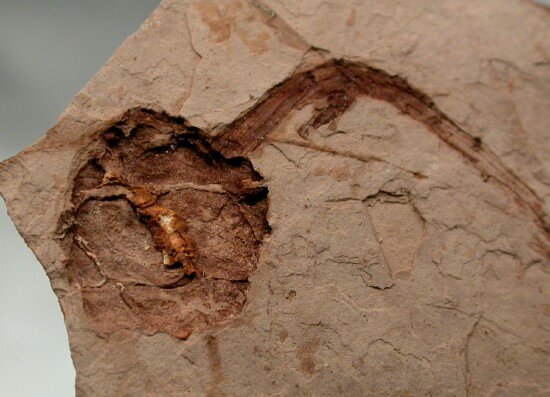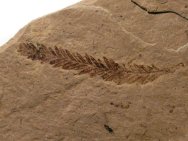

Ironically, the tundra surface in the high Arctic has been increasingly exposed due to recent global warming, revealing some of the best fossil material to study ancient climate change. The litter was buried for tens of millions of years, including beneath the weight of a continental ice cap.


When Metasequoia lived in the warm and humid Arctic, the plants shed their leaves in autumn, before the four months of total darkness. The dark-brown leaves, stems, and cones resembled a pile that someone had raked in their backyard-loose but delicate, soft but brittle, individually separated but tightly packed. We could hardly believe that the fossils were from Cenozoic strata that was around fifty millions years old. In the late 1990s, however, Ben LePage and Chris Williams, then working at the University of Pennsylvania, showed us three-dimensionally preserved Metasequoia fossils that they had collected from the Canadian islands of Ellesmere and Axel Heiberg, on the northwestern side of Greenland. Imprints are analogous to animal tracks, occurring when plant tissue remains pressed into sediments and subsequently decomposes, while compressions occur when the tissue becomes sandwiched between flattened layers of sedimentary rocks. Scientists (and museumgoers) usually encounter two types of plant fossils: either imprints or compressions. With Metasequoia, which boasts a long fossil record, the implications of this research are especially pronounced given that we can test hypotheses at the molecular level across an enormous timescale. Recent innovations with laboratory instruments, however, have made it possible for researchers, including ourselves, to extract valuable molecular information from so-called rocks. Traditional paleobotanical studies are comparative-drawing links between the anatomy of fossils and their living relatives-while molecular analyses of isotopes and biomolecules (such as lipids, carbohydrates, and lignin) are usually reserved for modern samples of freshly harvested material. Yet the rare discovery of fossils containing exquisitely preserved organic tissues and biomolecules, coupled with new molecular research techniques, has revealed just that.

When botanists first learned about the living population more than seventy years ago, no one could have imagined that those plants would provide crucial clues for understanding more than one hundred million years of historic climate change-not to mention changes to come. glyptostroboides, is known as the dawn redwood and is now restricted to a small population in south-central China, around forty-two hundred miles (sixty-eight hundred kilometers) south of this historic distribution. The single remaining species of this genus, M. Fossil records reveal that an extensive forest flourished throughout the early Cenozoic, when the canopy was predominated by Metasequoia and other deciduous conifers. Around forty-five million years ago, the Arctic was ice free, scarcely the expanse of lichen-encrusted rock and glaciers that we see there today.


 0 kommentar(er)
0 kommentar(er)
